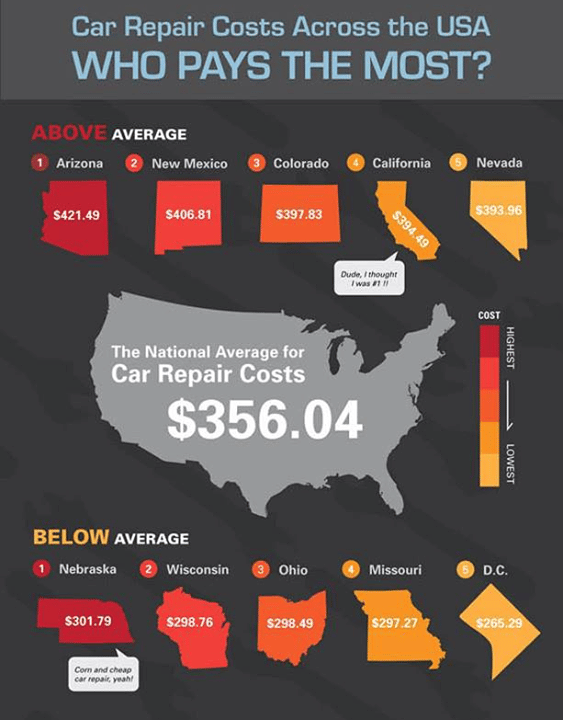Recognizing Your Auto'S Caution Lights: What Do They Really Mean?
Recognizing Your Auto'S Caution Lights: What Do They Really Mean?
Blog Article
Web Content Written By-Lim Dalgaard
When you're behind the wheel, those beautiful warning lights on your dashboard can be a bit perplexing. Do you recognize what they're trying to inform you regarding your automobile's health and wellness? Understanding the significance of these lights is important for your security and the long life of your vehicle. So, the next time one of those lights turns up, wouldn't you wish to decode its message accurately and take the essential steps to resolve it?
Common Caution Lights and Interpretations
Identify typical caution lights in your car and comprehend their significances to make sure secure driving.
The most common warning lights include the check engine light, which signals concerns with the engine or emissions system. If this light comes on, it's vital to have your vehicle checked without delay.
carcleaningcompany warning light shows reduced oil stress, needing immediate attention to stop engine damages.
A flashing battery light might recommend a faulty charging system, possibly leaving you stranded if not dealt with.
The tire pressure monitoring system (TPMS) light informs you to low tire stress, impacting automobile security and fuel performance. Disregarding this can lead to hazardous driving problems.
The ABS light suggests a trouble with the anti-lock braking system, compromising your ability to stop swiftly in emergencies.
Last but not least, the coolant temperature cautioning light warns of engine overheating, which can lead to extreme damage otherwise settled promptly.
Understanding these usual warning lights will assist you resolve issues quickly and maintain secure driving problems.
Relevance of Prompt Attention
Comprehending the typical warning lights in your cars and truck is only the primary step; the significance of without delay attending to these cautions can't be stressed sufficient to ensure your security when traveling.
When a caution light illuminates on your control panel, it's your car's means of communicating a potential issue that requires focus. Disregarding these warnings can lead to much more severe troubles down the road, endangering your safety and possibly costing you much more in repairs.
Trigger interest to alerting lights can protect against malfunctions and accidents. As an example, a blinking check engine light can indicate a misfire that, if left neglected, can create damages to the catalytic converter. Addressing Read More Here can conserve you from an expensive repair.
In a similar way, a brake system cautioning light may signify reduced brake fluid or worn brake pads, important elements for your security when driving.
DIY Troubleshooting Tips
If you observe a caution light on your control panel, there are a couple of DIY fixing tips you can attempt prior to seeking specialist assistance.
The initial step is to consult your vehicle's manual to recognize what the details caution light shows. In some cases the issue can be as basic as a loose gas cap setting off the check engine light. Tightening up the gas cap may resolve the trouble.
One more typical problem is a low battery, which can activate different advising lights. Examining the battery connections for deterioration and guaranteeing they're safe and secure might fix the trouble.
If a caution light persists, you can attempt resetting it by separating the vehicle's battery for a couple of mins and afterwards reconnecting it. Furthermore, checking your automobile's liquid levels, such as oil, coolant, and brake fluid, can aid troubleshoot advising lights associated with these systems.
Verdict
In conclusion, recognizing your cars and truck's caution lights is crucial for keeping your vehicle running efficiently and securely. By quickly attending to these notifies and recognizing what they imply, you can prevent expensive repair services and prospective failures.
Keep in mind to consult your cars and truck's manual for certain details on each alerting light and act appropriately to make certain a hassle-free driving experience.
Remain notified, remain safe when driving!
